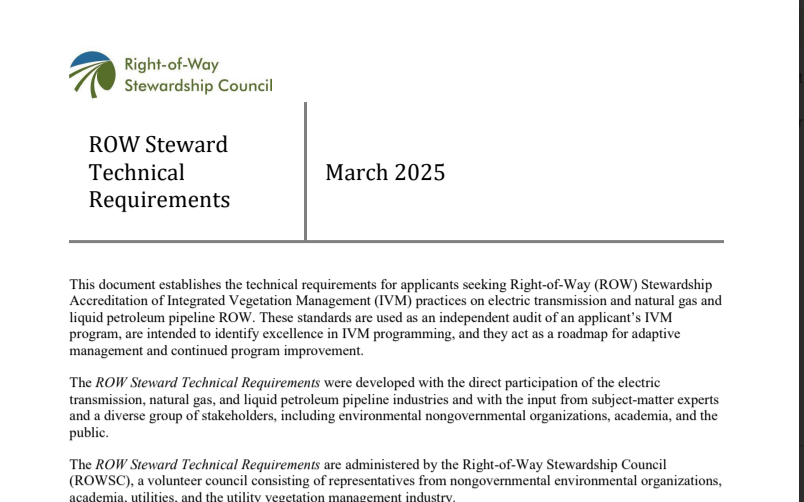Thesis Abstract: The safe operation of electric transmission lines necessitates the suppression of tall, woody vegetation on associated rights-of-way (ROWs). Native warm season grasses (NWSG) are more expensive for ROW revegetation compared to typical exotic cool season grasses (ECSG), but they may alter the successional trajectory such that long-term maintenance costs are reduced. I conducted a cost-benefit analysis to determine if ROW revegetation with NWSG is cost effective compared to ECSG. I synthesized cost information obtained from the Tennessee Valley Authority regarding ROW planting and maintenance and data collected from a feasibility study of ROWs planted with NWSG. Revegetation with NWSG was found to be 6% more expensive than ECSG. The degree of woody suppression to make NWSG a worthwhile investment was found to be 12-21% using a break-even analysis. Despite the initial greater expense of NWSG, associated potential maintenance savings and indirect ecological, environmental, social, and economic benefits favor their use.
- Lead AuthorJoseph Turk
- DateMay 2015
- CategoryEconomic and Ecological Effects of Treatments, Management Planning, Monitoring and Adaptive Management, Vegetation Management Techniques
- Project FileDownload
.jpg)




.png)
